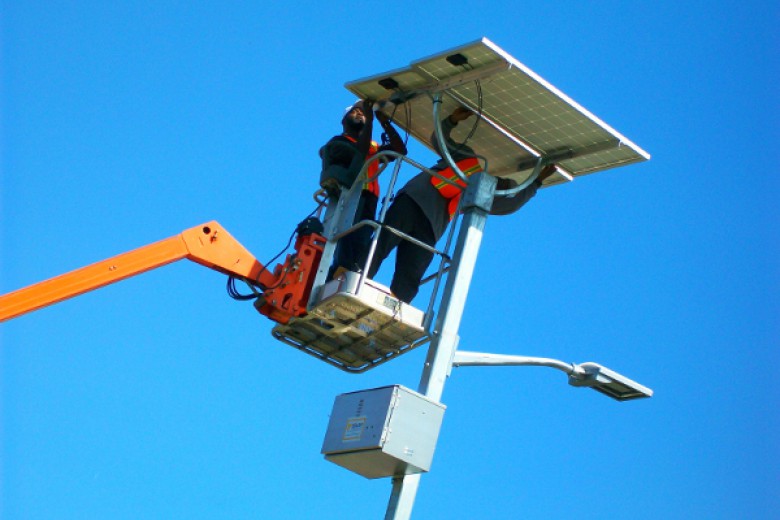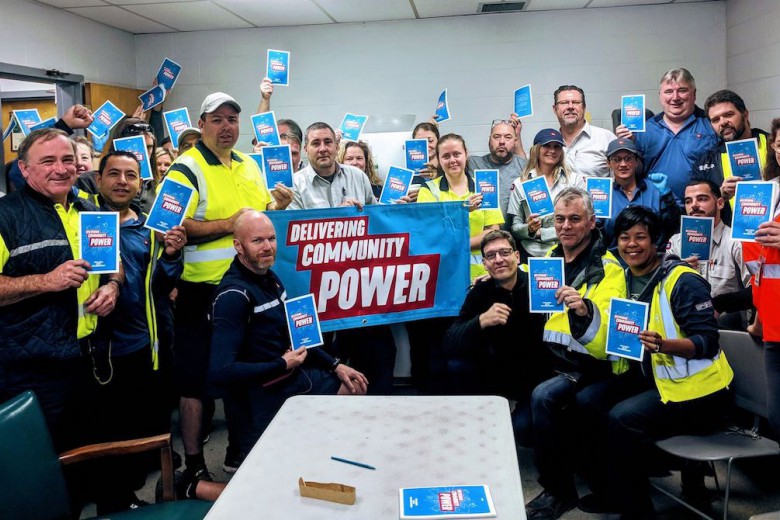Today, most of Nova Scotia’s electricity comes from coal. As traditional coal-fired electricity is phased out over the next decade, ensuring a just transition for Nova Scotian coal workers is a priority. The renewable energy industry in Nova Scotia is growing rapidly, but the Nova Scotia government also plans to increase natural gas use and, with the federal government, has opened the Atlantic for offshore oil drilling. Mi’kmaw water protectors have been resisting the Alton Gas natural gas storage project for two years and, this past year, Mi’kmaw treaty fishers, local fishers, and community members on Nova Scotia’s South Shore led the opposition to offshore drilling.
In Halifax, as with many cities, environmental organizations can sometimes act inadvertently as gatekeepers of environmental work. Part of the intention behind starting the Imagining 2030 Network in 2017 was to decentralize environmental work and the connections between those doing this work from the Halifax-based environmental charity, the Ecology Action Centre, which has helped coordinate the network. Now, the 2030 Network is a collective of groups – labour unions, environmental organizations, student groups – and individuals – African Nova Scotians, Mi’kmaw water protectors, academics, entrepreneurs, and many more – working together for climate justice in Nova Scotia, which is part of Mi’kma’ki.
From the start, the 2030 Network has been primarily about relationships, not projects. While the network has brought together diverse groups, the focus has been on ways we can collaborate and the work we can share, rather than trying to bridge all our differences (this organizing model is inspired by facilitator Tuesday Ryan-Hart). Writing the 2030 Declaration articulated our shared vision. The declaration calls on the Nova Scotia government to set and meet ambitious climate targets – a 50 per cent reduction in 1990 greenhouse gas levels by 2030 – while ensuring a just transition for workers in carbon-intensive industries (including Nova Scotians working in coal plants and in the Alberta tarsands) and centring the rights, voices, and needs of Mi’kmaw people, African Nova Scotians, and other marginalized peoples.
Our only hope for a just transition to a livable future is to involve everyone, to pull as many tactics as possible into our struggle, and to foster deeper relationships between communities and with the land and water.
While we may have a common commitment to a better future, we come to this work with different experiences and perspectives on what needs to be done and how that work is valuable. These differences have led to multiple streams of work happening within and connected to the network. We held a panel and community brainstorm at the Mi’kmaw Native Friendship Centre on what climate justice could look like in Mi’kma’ki. Our government advocacy for the 2030 Declaration resulted in the introduction of a private member’s bill to amend the Environmental Goals and Sustainable Prosperity Act (which contains most of Nova Scotia’s climate policy) with language from the 2030 Declaration. Additionally, the Mi’kma’ki 2030 BIPOC (Black, Indigenous, and people of colour) Collective art performance at Nocturne 2018 and the K’jipuktuk/Halifax Youth Rising sit-in at Halifax MP Andy Fillmore’s office were both breakaway projects involving collaborations between network members.
The 2030 Network members are currently planning an event focused on green jobs and a just transition for workers. They’re also launching a mentorship program that pairs youth organizers with experienced environmental activists to share knowledge, skills, and connections. Various BIPOC-centred projects are forming between network members, too, with plans for more collaborative art and spaces for fostering BIPOC excellence.
The 2030 Network has come together and continues to evolve and grow within the understanding that our only hope for a just transition to a livable future is to involve everyone, to pull as many tactics as possible into our struggle, and to foster deeper relationships between communities and with the land and water.







